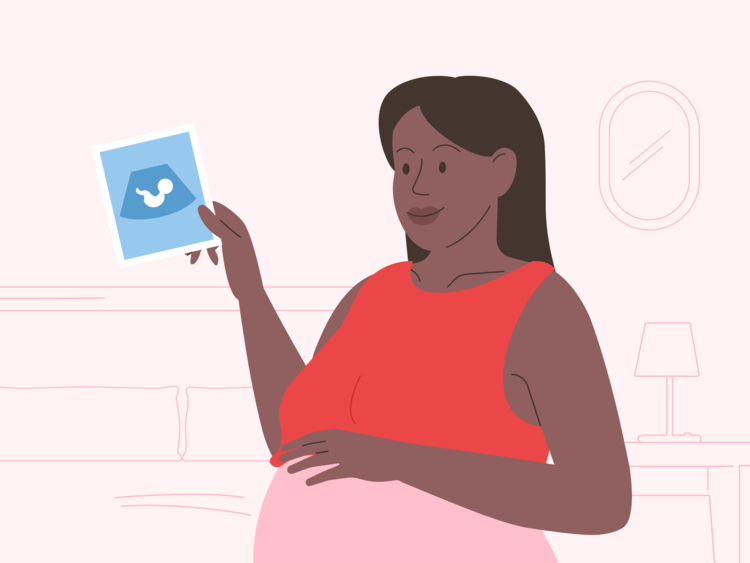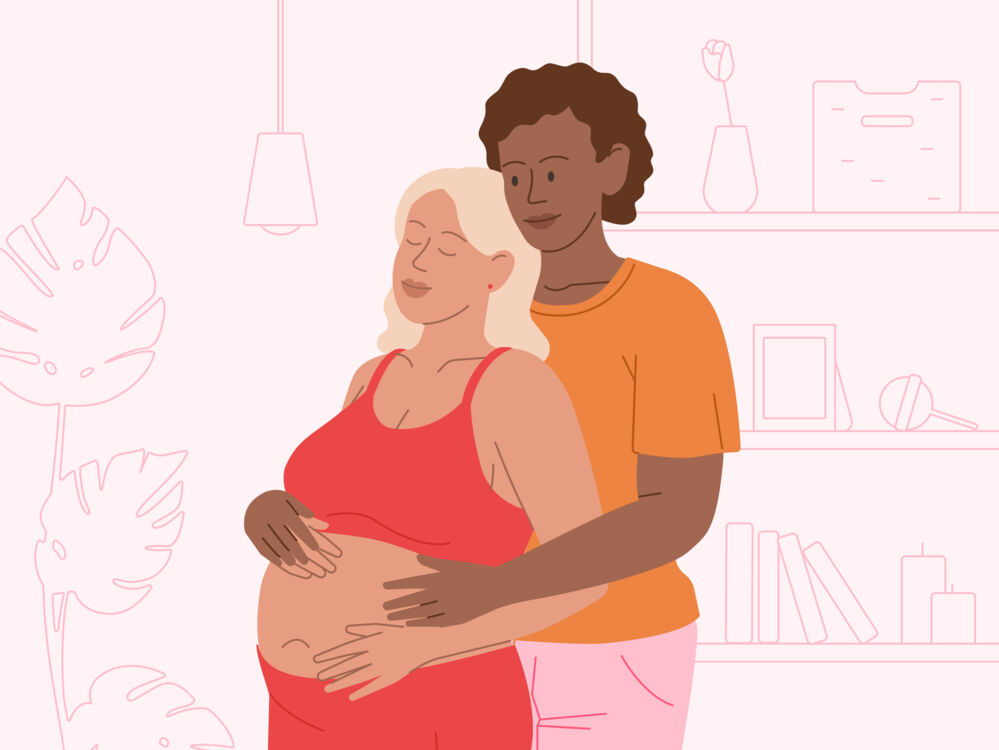You might have heard the second trimester of pregnancy referred to as “the sweet spot” — and there’s a good reason why. By now, you may have dealt with nausea throughout the day, those essential midafternoon naps, and changes to your taste and smell. You might even be able to see your bump poking out over your jeans. You’ve got that elusive glow.
However, pregnancy is still a huge thing for your body to go through, and all symptoms don’t necessarily disappear once you reach 14 weeks of pregnancy. At that point, you might start experiencing some of the symptoms commonly associated with your second trimester. So, what exactly can you expect?



